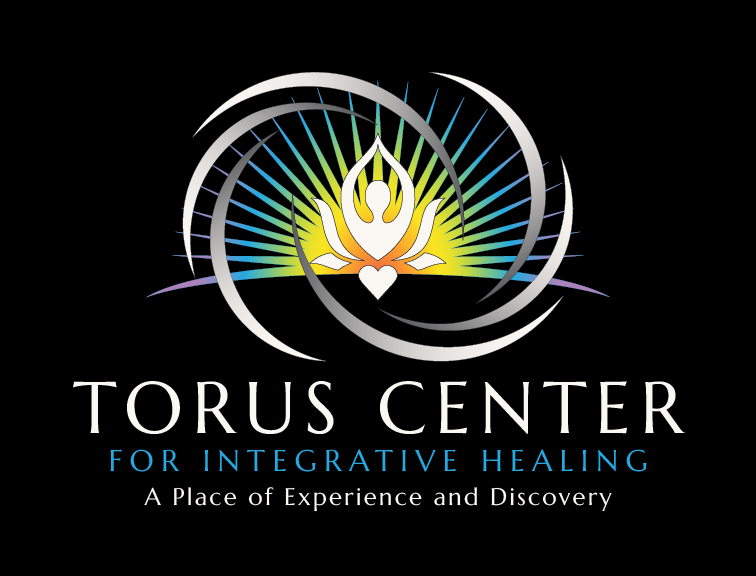When individuals experience trauma or distressing events, their emotional and psychological well-being can be significantly impacted. One of the most effective therapeutic approaches to help process and heal from trauma is Eye Movement Desensitization and Reprocessing (EMDR). In this post, we’ll explore what EMDR is, how it works, and its relationship with negative cognitions—self-defeating thoughts that often arise from trauma.
What is EMDR?
EMDR is a psychotherapy technique developed in the late 1980s by Francine Shapiro. It’s designed to help individuals process traumatic memories and emotions. The core idea behind EMDR is that traumatic memories can become “stuck” in the brain, preventing the person from fully healing. Through guided steps, including bilateral stimulation (such as eye movements or taps), EMDR helps the brain reprocess these memories, allowing for emotional healing and reducing their emotional charge.
The Role of Negative Cognitions in Trauma
One of the key components of EMDR therapy is identifying and addressing negative cognitions. Negative cognitions are limiting beliefs or thoughts that often arise after experiencing trauma. These beliefs shape how individuals see themselves, others, and the world. Over time, these thoughts can hinder emotional well-being, making it difficult to move forward healthily.
During the EMDR process, clients work to identify these negative cognitions and replace them with more adaptive, positive beliefs. This transformation is essential for healing and emotional growth.
Examples of Common Negative Cognitions:
“I am powerless.”
“I am unlovable.”
“The world is dangerous.”
“I am broken.”
“I am not good enough.”
“I cannot trust others.”
“I am to blame.”
How EMDR Helps Address Negative Cognitions
In EMDR therapy, negative cognitions are identified at the beginning of treatment and reprocessed during therapy. The therapist works with the client to identify the beliefs that are causing distress and then guides them through a series of eye movements or other bilateral stimulation techniques to reduce the intensity of those beliefs.
The goal is to replace negative cognition with a more adaptive and balanced thought. For example, “I am powerless” may be reprocessed to something like “I am capable of making choices and controlling my actions.”
Written by: Joslyn Barajas, LSW
EMDR Options at Torus
Starting Tuesday, March 4th at 4pm, Therapist Joslyn Barajas, LSW will be leading a 4-week EMDR Therapy Group. Special offers for those participating in Medicare, Medicaid, and High School/College Students, and a flexible income-based sliding scale is available. Learn more about the group here. And reach out to us at 224-803-2295 or to joslyn@torus-therapy.com for a 15 minute consultation call.
Additionally, Torus offers EMDR through Individual Therapy with one of our many clinicians. Learn more here or give us a call today, 224-803-2295.

